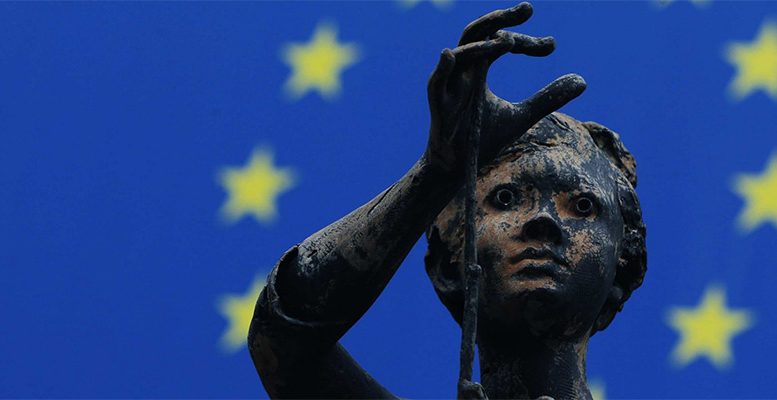The European Commission is worsening its economic forecasts for Europe, expecting a sharp fall and a slow recovery, widening the gap between Member States. In the economic forecasts published yesterday by the Community Executive, as part of its summer update, Brussels lowered its estimates. It warned that for the most affected countries, the expected upturn in the second half of 2020 will not be sufficient to recover pre-Covid activity levels. At present, the three countries most affected by the coronavirus crisis will be Italy, Spain and France, with falls in GDP of 11.2%, 10.9% and 10.6% respectively this year.
For the region as a whole, GDP will contract by 8.7% in 2020 compared to the 7.7% previously expected. By 2021 it expects GDP to grow by 6.1%. In the second half of next year, the Commission sees a two speed recovery happening in the European Union, with the existing divergences in the area becoming even more pronounced. The European Commissioner for the Economy, Paolo Gentiloni, took the opportunity to point out that Europe’s political response has helped to cushion the blow. But he stressed the importance of reaching a rapid agreement on the recovery plan proposed by the Commission, which will be negotiated by the Council on 17 and 18 July.
According to Bankinter’s analysts, the disparity in the recovery of the countries in the region “highlights the differences in the containment measures and fiscal stimuli applied in each.”
The level at which each country started out also plays a role in this decoupling, according to Link Securities:
“Some countries like Spain, France or Italy have major structural imbalances in their economies – a high structural deficit in the first two cases and huge debt in the third.”
“This is also largely due to the measures being adopted to boost recovery, which are not the same in all countries. Particularly those related to support for companies, the redesigning of the tax environment and policies to subsidise the population. Time will tell which of the different approaches will prove to be more successful.”
The European Commission’s summer forecasts were based on the assumption that there will not be a second wave of COVID-19 infections leading to further mass confinement. Nor do they incorporate the impact of any pan-European stimuli that may be agreed. For Intermoney, “this is a logical development” in order to maintain some neutrality in the face of the tough negotiations ahead. And, even more importantly, to prevent investors from drawing the wrong conclusions from the steps that may eventually be taken by the EU.





